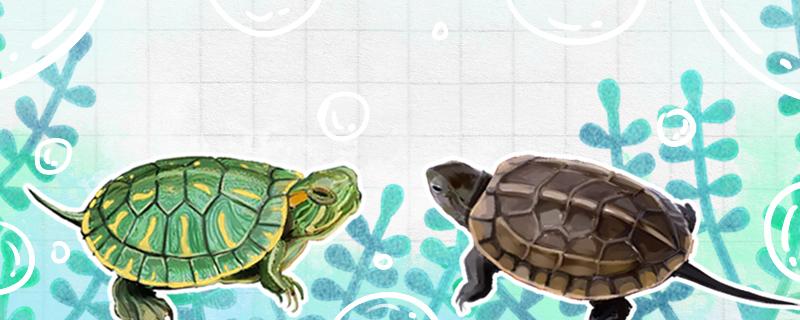 1. Are grass turtles Brazilian tortoises
1. Are grass turtles Brazilian tortoises Grass turtles are not Brazilian tortoises, they are two different kinds of turtles. Grass turtle is a turtle of grass turtle species of Turtle genus, Turtle family, Turtle suborder. Brazilian tortoise is a tortoise of Brazilian color tortoise species, which is a suborder of curved neck tortoise, Ze turtle family, color tortoise genus, and they are quite different from each other in variety.
In addition to the variety difference, their appearance is also very different. The most obvious are the two red markings behind the eyes of the Brazilian tortoise, which are not found behind the eyes of the grass tortoise. Also, most of the carapace colors of Brazilian tortoises are dark green, and most of the carapace colors of grass tortoises are black when they are adults. And although the shape of their carapace is similar, the carapace of Brazilian tortoise has a protruding ridge, while the carapace of grass tortoise is relatively flat.
In addition, grass tortoises and Brazilian tortoises are quite different in character. Grass turtles are gentle in character and timid. Brazilian tortoises are lively and irritable.
2. Can grass tortoises and Brazilian tortoises be raised togetherIt is not recommended to raise grass tortoises and Brazilian tortoises together, because Brazilian tortoises are lively and gentle, and Brazilian tortoises may harass grass tortoises. In addition, the Brazilian tortoise's growth rate is relatively fast, and its size is relatively large in adulthood. Grass turtles grow slowly and are not large in size as adults, so Brazilian tortoises may bully grass turtles. In addition, grass turtles have a strong sense of territory. If they are bred in relatively small containers, they may compete for territory.